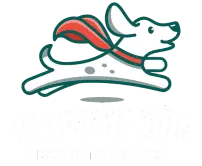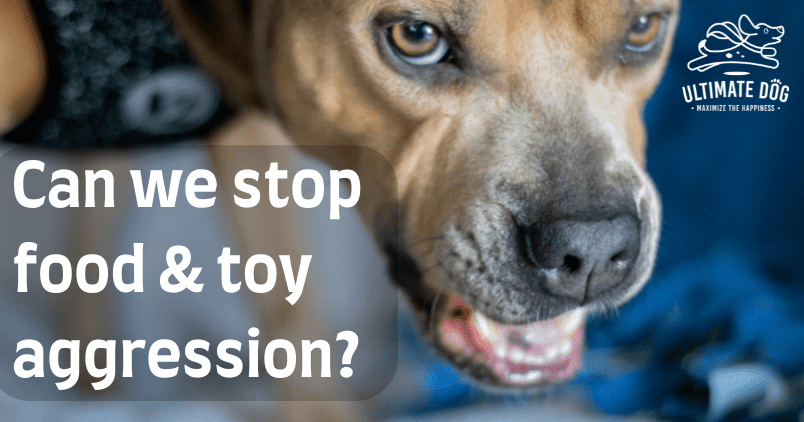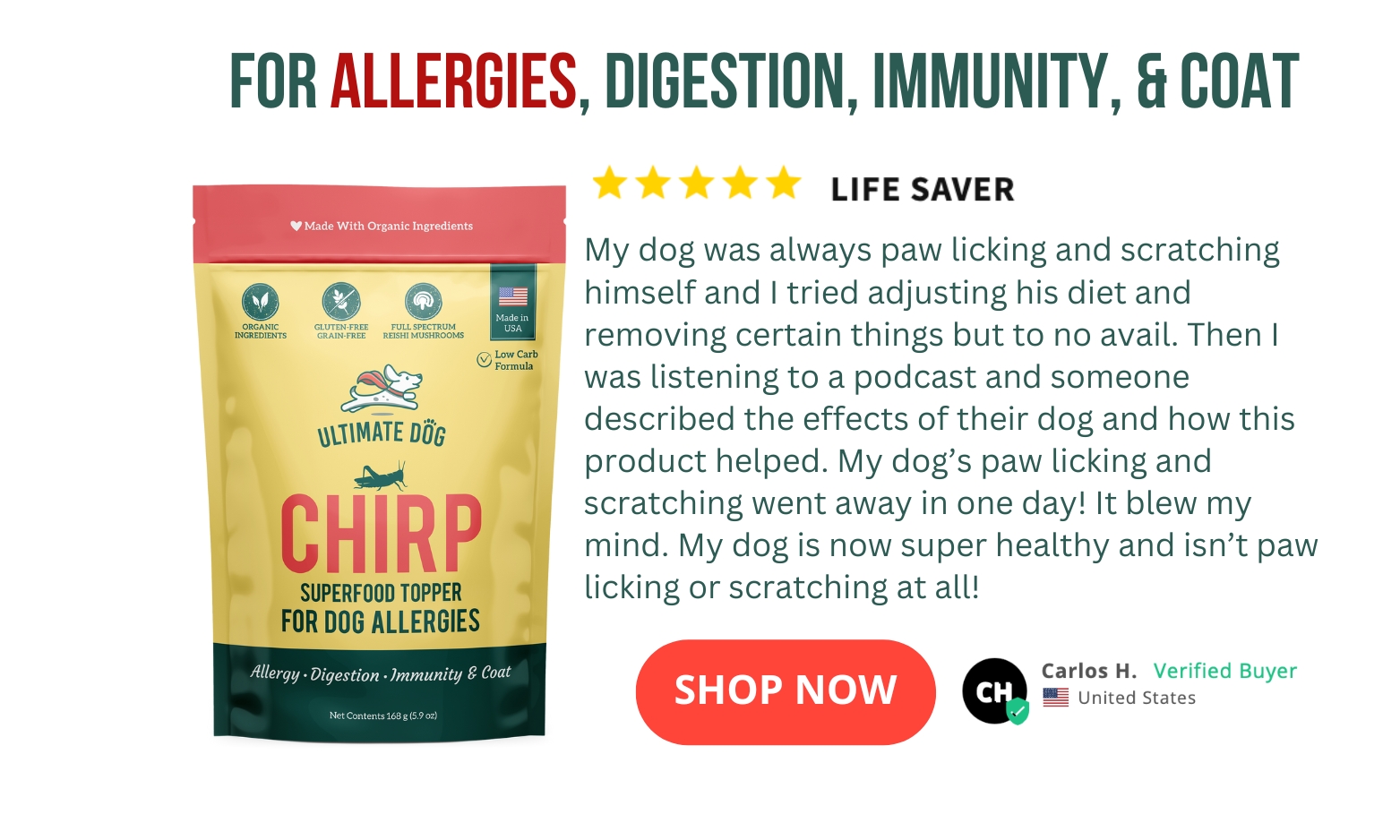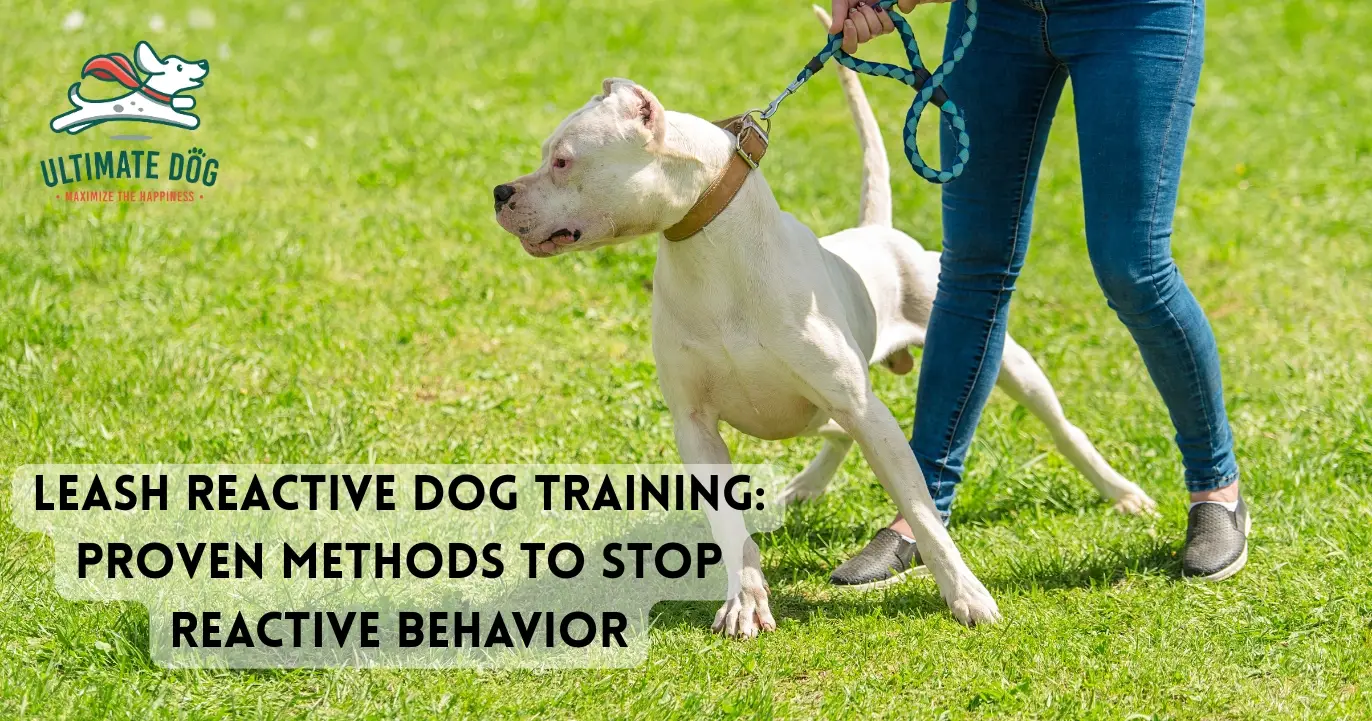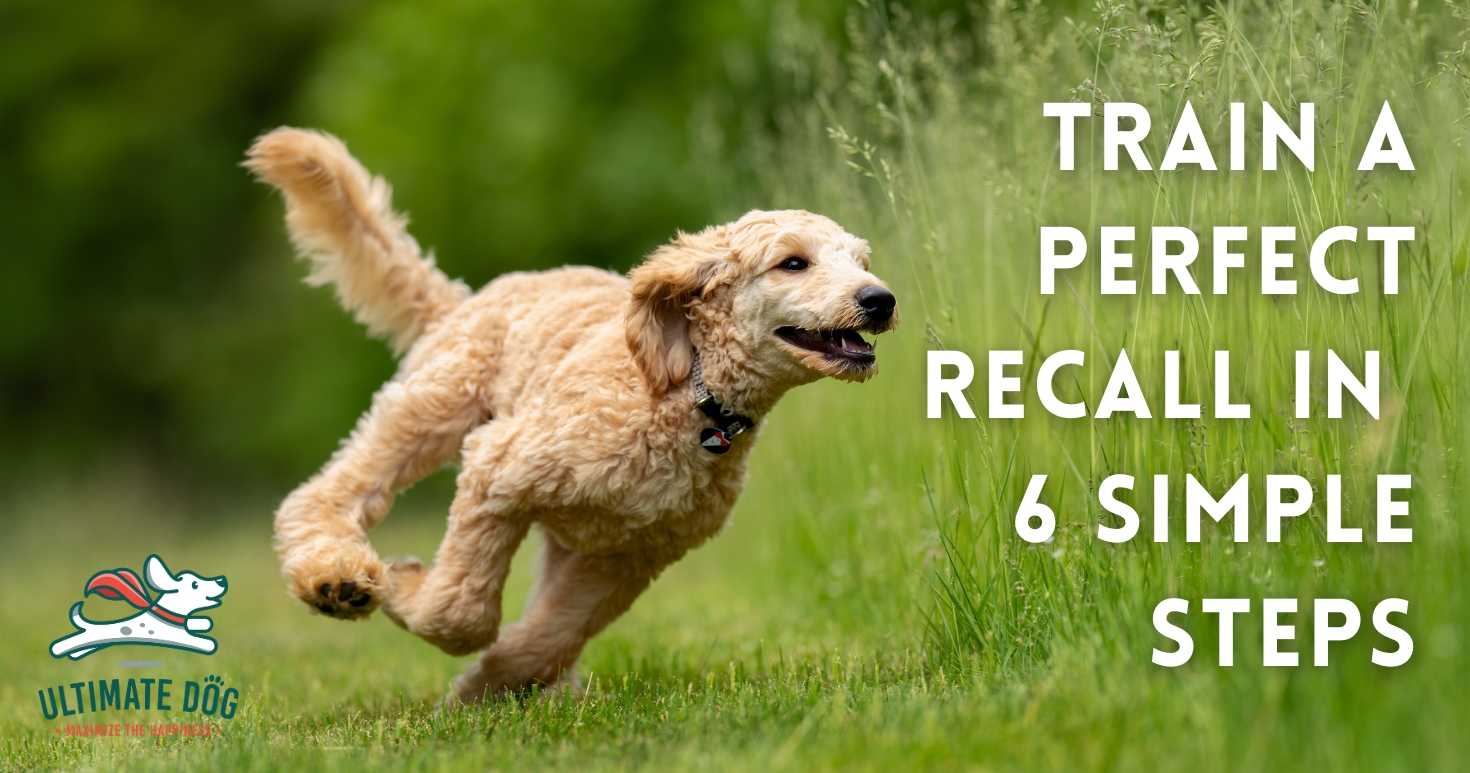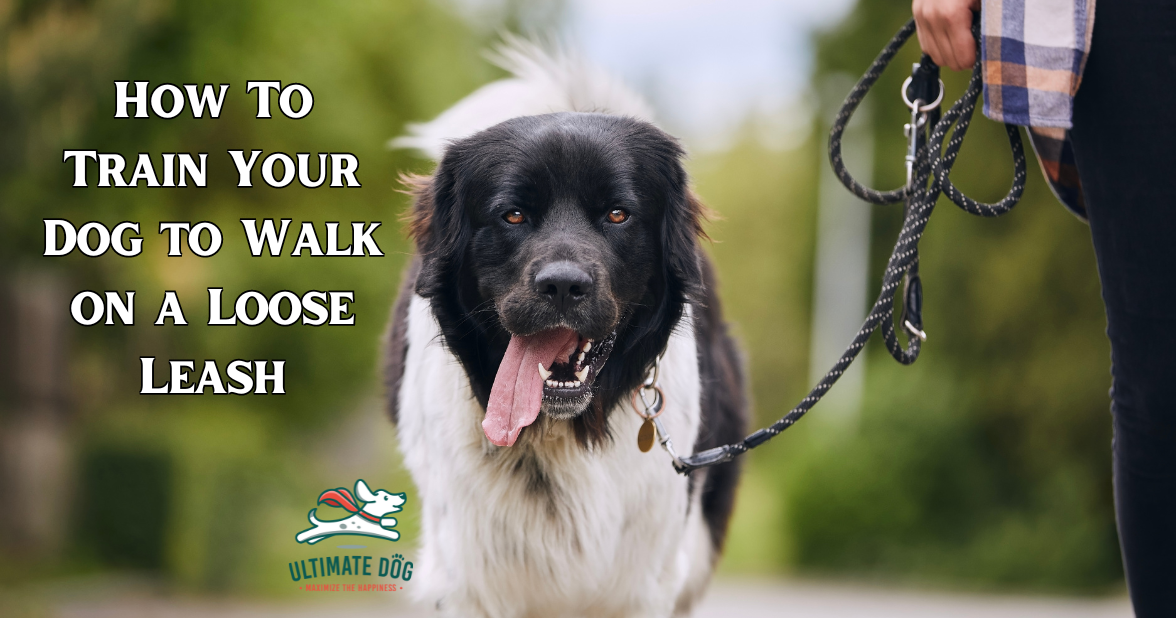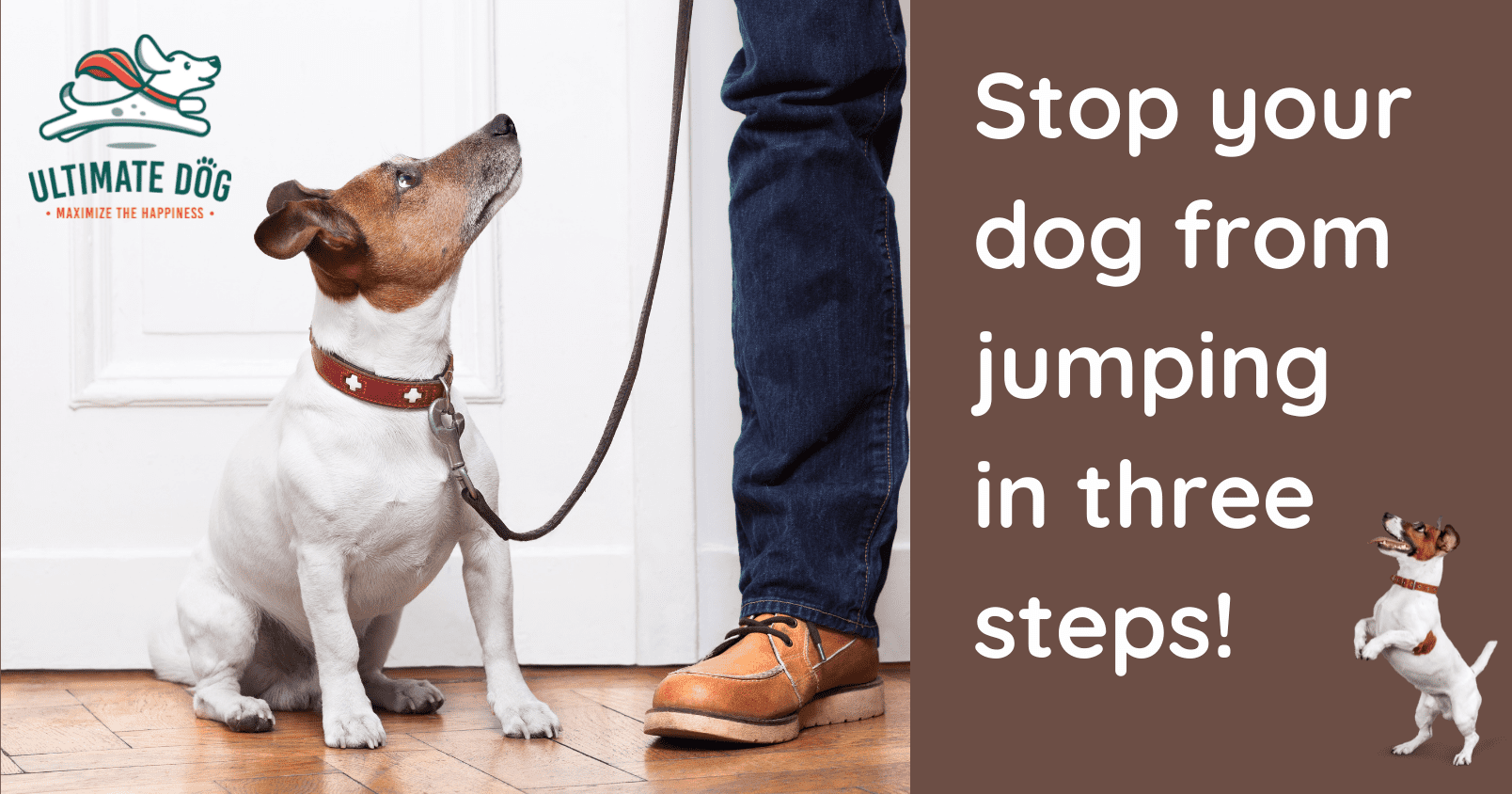Table of Contents
Each year, over 4 million dog bites happen to humans – in the USA alone. With children getting bitten even more often than adults, it’s crucial that we take all forms of aggression within the home very seriously. One of the most common types of aggressive behavior is possessive aggression, also known as resource guarding.
Dog owners can unintentionally reinforce resource guarding by responding to it inappropriately or failing to recognize the warning signs before it’s too late. Resource guarding can be a scary and frustrating experience – thankfully, there are several ways you can safely handle and prevent it.
DISCLAIMER: This article will help you understand resource guarding and take the first steps towards preventing it, but it should not be considered a replacement for professional dog training! If your dog is already growling or snapping at you, an expert dog trainer who specializes in resource guarding should be consulted as soon as possible. NEVER EVER leave a child alone and without supervision with a resource guarding dog, even if you think there is nothing in the room the dog would guard! Possessive aggression can end with serious bite injuries – it’s enough for a bad accident only to happen once.
Why Are Some Dogs Possessive?
The causes of resource guarding are a mix of genetic and environmental factors, as is the case with most behavioral issues in dogs. Dogs can act possessive over food, toys, places (the bed, the couch, etc.), or even a person. Food bowl aggression is the most common type of resource guarding, closely followed by guarding toys. Possessive dogs are essentially afraid of losing something that represents immense value to them.
Even though there is no general way to determine which dogs have a predisposition for resource guarding, some researchers observe that neutered males (especially of herding and mixed breeds) are more likely to develop guarding aggression towards people and other dogs. Other factors that can play a role in this problem are the age of the dog (chances increase as dogs get older), the number of dogs living in the same household (multi-dog households report this problem more often than single-dog households), and even the number of people living in the home. The bottom line is that dogs like their peace. Resource guarding can surface whenever their personal space gets too crowded, or they fear losing a valuable item.
Possessive aggression can be directed toward anyone – owners, other dogs, other pets, guests, etc. Even though dogs mostly guard their possessions from other dogs, it’s guarding from humans that is actually reported as a problem much more often. We don’t necessarily need our dogs to let other pets near their food bowl, but we do need them to let us take their food bowl without getting bitten in the process. This article is mainly speaking to resource guarding that is directed at humans – however, most of the tips I share are applicable in problematic dog-dog guarding situations, too.
The Warning Signs of Resource Guarding
Recognizing the early signs of resource guarding is essential for preventing aggression. Research has shown that many owners don’t recognize these signs, especially first-time dog owners. Since dogs can’t use words, they communicate through body language. Growling and snapping are part of that language, but you may avoid coming to that point altogether if you notice the warning signs early enough. Two common non-aggressive signs of resource guarding are rapid ingestion of food and avoidance.
Rapid ingestion doesn’t usually raise concern among owners – they think they just have a very hungry dog. But when a dog is gulping down the food so fast they don’t even stop to breathe, that’s a sign they see food as a scarce resource. This behavior can often be seen in shelter dogs who have experienced severe hunger. To them, food is a resource worth guarding because going without it means death.
Avoidance happens when a dog runs away with a toy or a treat and refuses to let you come close, or he repeatedly moves his head away as you attempt to take it from him. On the surface, this behavior hardly seems harmful – we may even find it funny or playful. But the dog is guarding his resource, just not in an aggressive way. Resource guarding is a spectrum, and it’s important to know where on this spectrum your dog is. Dogs can move up and down the spectrum, depending on circumstance, training, and the owner’s reinforcement.
The most noticeable and fear-inducing signs of resource guarding are growling and snapping. That’s the point when owners realize that something is wrong. Growling usually precedes biting – in dog language, it means “stay away.” Dogs still have several other, subtler ways of communicating that they want you to leave them alone before they get to the point of growling.
Look for the signs of freezing or stiffening, raised hair on their back, baring their teeth without the sound of growling, turning their head away from you, changing the position of their ears (either pulling them back or making them stand up), and avoiding eye contact.
The more you ignore these signs, the more likely you are to get bitten. If you notice any of these signs in your dog when you approach him, back off. You won’t be able to fix anything in that given moment. The safest thing you can do is leave the dog alone and start solving this problem gradually, intentionally, and safely – preferably under professional supervision.
How Can We Prevent Resource Guarding and Food Aggression?
Preventing resource guarding is easier than managing it once it’s already crossed the threshold to aggression. Every time the dog performs a behavior, that behavior gets reinforced. With prevention, you are getting ahead of the problem before it becomes too big to manage. Here are five ways to prevent resource guarding that you can implement right away:
1 – Recognize and respect the non-aggressive warning signs
Don’t dismiss or ignore the warning signs. If your dog is sending you any message that he is uncomfortable around you when the food bowl or toys are involved, you have to take that message seriously.
2 – Minimize the stress around the guarded subject by setting up a predictable and calm environment
Allow your dog to eat in peace, place his bowl in an area that is secluded and quiet. NEVER take their food bowl away to “teach him” you are the boss. Multiple studies have shown this technique increases the chances of resource guarding!! If you walk up to your dog and take his food bowl away out of nowhere, you are presenting yourself as unpredictable. Dogs like and need a healthy degree of predictability.
Being unpredictable means they can’t trust you, which makes them anxious around you. Can you imagine someone repeatedly taking away your plate in the middle of lunch? Even with your human mind, you would likely get very annoyed. Now imagine your dog in this experience, knowing that he views the world through the lens of his primal instincts, as dictated by his genetics and early-life history.
3 – Prevent open access to what your dog is guarding
Keep all food and toys in a place well out of the dog’s sight and reach. If he is guarding a specific place in the house (like a couch or a bed), set up a barrier so he can’t get there, or keep him out of that room altogether. This tip is critical for dogs who already guard aggressively! By blocking the dog’s free access to what he is guarding, you will keep your home a safe place and prevent potential accidents.
4 – Create positive experiences around the food bowl
For puppies, dogs that aren’t guarding, and dogs that are on the non-aggressive side of the resource guarding spectrum, the best thing you can do is create positive experiences around the food bowl. When you approach your dog and his food bowl, he needs to expect something positive – more positive than what’s right in front of him! Toss a delicious treat in his bowl (or right next to it) when you pass by. When he is playing with a toy, replace it for a treat or a better toy. Remember that the greatest positive experience for the dog is the one where you give him back what you’ve just taken away!
5 – Teach your dog a reliable “drop it” cue
Your dog can’t know what behavior you expect from him unless you teach it. Teaching this cue is every owner’s responsibility, as it protects you from potentially getting bitten. It also protects your dog, who will willingly drop any item in case of an emergency. Finally, it protects other members of your household because dogs who know a reliable “drop it” cue are less likely to resource guard around people and other dogs.
How to Safely Stop Aggressive Resource Guarding
Growling, showing teeth, snapping, and biting all classify as aggressive responses. It’s not pleasant to be on the receiving end of them; you’ll have to arm yourself with a lot of patience, consistency, and a good training plan to teach your dog a better way of responding to your presence. Depending on your dog’s level of aggression, stress level, and early-life history, changing this behavior might be a long process. Think months, not weeks. Believe in your dog, believe in yourself, and trust that the end result will be worth the long journey! Here are four key steps to manage and gradually stop aggressive resource guarding:
1 – Consult a positive reinforcement dog trainer who has experience with resource guarding
I know this is not an option for everyone, but if at all possible, make it a priority. Aggression within the home and towards the members of the dog’s family is a very serious issue that often escalates much quicker than people expect. Several studies have shown that training methods based on physical corrections and punishment worsen aggressive responses in dogs, which is why I’m recommending a positive reinforcement trainer specifically.
2 – Decrease your dog’s stress levels
An aggressive dog is a dog that is stressed. Prioritize your dog’s mental state in this process, and as his stress levels decrease, so will the aggression. You can help your dog relax by supplementing with CBD oil, ensuring he has plenty of personal space when resting and eating, decreasing the level of noise he’s surrounded by, and doing a thorough vet check-up to make sure his stress is not caused by physical pain.
3 – Learning what NOT to do is equally important as learning what to do
As a dog owner dealing with possessive aggression, there are some actions you may resort to in the heat of the moment, unintentionally making the situation worse or potentially more dangerous. To safely handle resource guarding, NEVER punish, correct or reprimand your dog for growling! The growl is a warning that says: “back off, or I will bite.”
Your dog is growling because he doesn’t want to bite you! He is giving you a fair warning in the only way he can. You need that warning! Dogs who get punished for growling start to bite “out of nowhere” because they learn that giving you a warning only gets them in trouble. However angry or scared you get when the growl happens, please refrain from punishing your dog for the sake of your future safety.
Another thing you should NEVER do is try to forcibly take away from your dog the thing he is aggressively guarding. You WILL get bitten. Smaller dogs can do just as much bite damage as big dogs, so please don’t risk it. If you think you can easily overpower your dog, know that this is not about who has more physical strength – even if you “win” once, you’re losing in the long run because your dog will just learn to guard his prized possession more severely the next time around.
You don’t want to be a bite statistic; you don’t want to put your dog down if things get too severe; you don’t want to put your family in danger. If your dog refuses to give you something, consider it gone for the moment. If he’s refusing to give you something dangerous, get your vet on the phone immediately.
4 – Slowly desensitize your dog to your presence when he’s eating food or otherwise engaging with an item he guards
To start this process, you’ll first need to find a safe distance; that’s a distance at which your dog isn’t displaying any signs of aggression or stress. As soon as you give him the food bowl, back away to the safe distance. You can even sit down to appear less threatening. As your dog is eating, toss a high-value treat towards his bowl. This treat must be more delicious than what is directly in front of him! (Pieces of chicken or cheese usually do the trick). Don’t do this more than a couple of times per training session – the goal is to keep the environment relaxed and stress-free.
As time progresses, slowly start shortening the distance between you and your dog. You have to pay attention to your dog’s body language as you do this! The distance must always be classified as safe – meaning your dog is not sending you any signs to back off. If you come too close too fast, and your dog signals that he’s uncomfortable, move back to the previous safe distance. It’s important to move at a pace your dog is comfortable with. This is very much why I recommend a professional trainer’s guidance. They are skilled at noticing the subtle changes in body language and will help you read the cues you might be missing on your own.
The ultimate goal of desensitization is to keep coming closer until you are close enough to ask for a replacement behavior (sit, go to your bed, leave it, drop it). At first, the reward for performing that behavior will still be the treat + getting to return to their possession, too. Eventually, after many, many, many training sessions, your dog will learn that giving you full control over his possession only gets him something better in return. Without a reason to resource guard anymore, he will feel more peaceful and secure in your home – and so will you.
Sources
Jacobs, A. Jacquelyn. Pearl, L. David. Coe, B. Jason. Widowski, M. Tina. Niel, Lee. “Ability of owners to identify resource guarding behaviour in the domestic dog.” Science Direct, 03/2017.
Landsberg, Gary. Hunthausen, Wayne. Ackerman, Lowell. “Behavior Problems of the Dog and Cat.” Elsevier, 2013.
Jacobs, Jacquelyn. “Understanding Canine Resource Guarding Behaviour: An Epidemiological Approach.” 04/2016.
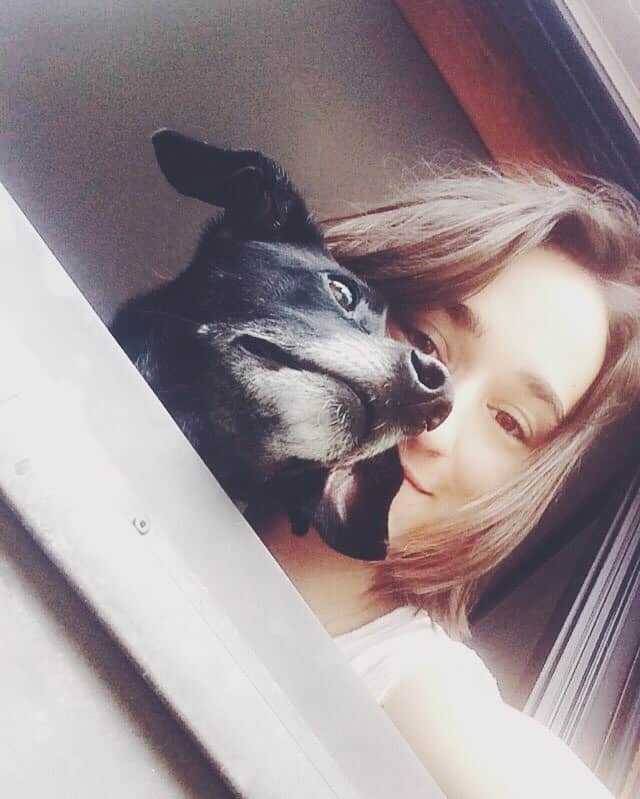
Luna’s passion for learning about canine psychology and behavior began when she adopted a severely reactive puppy from a local shelter. She is now a big advocate for positive reinforcement and compassionate training. As a writer, she strives to spotlight the topics that fly under the radar and be the voice for all who cannot speak for themselves.
